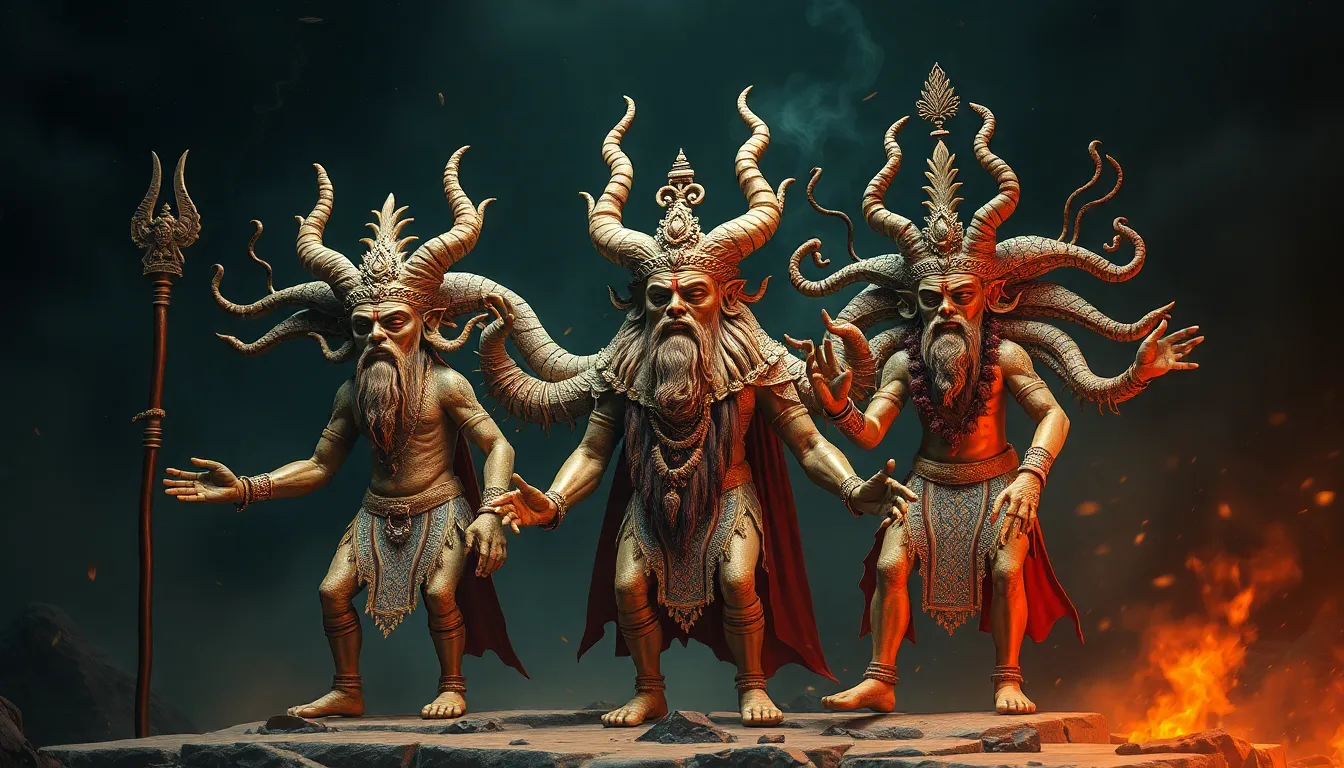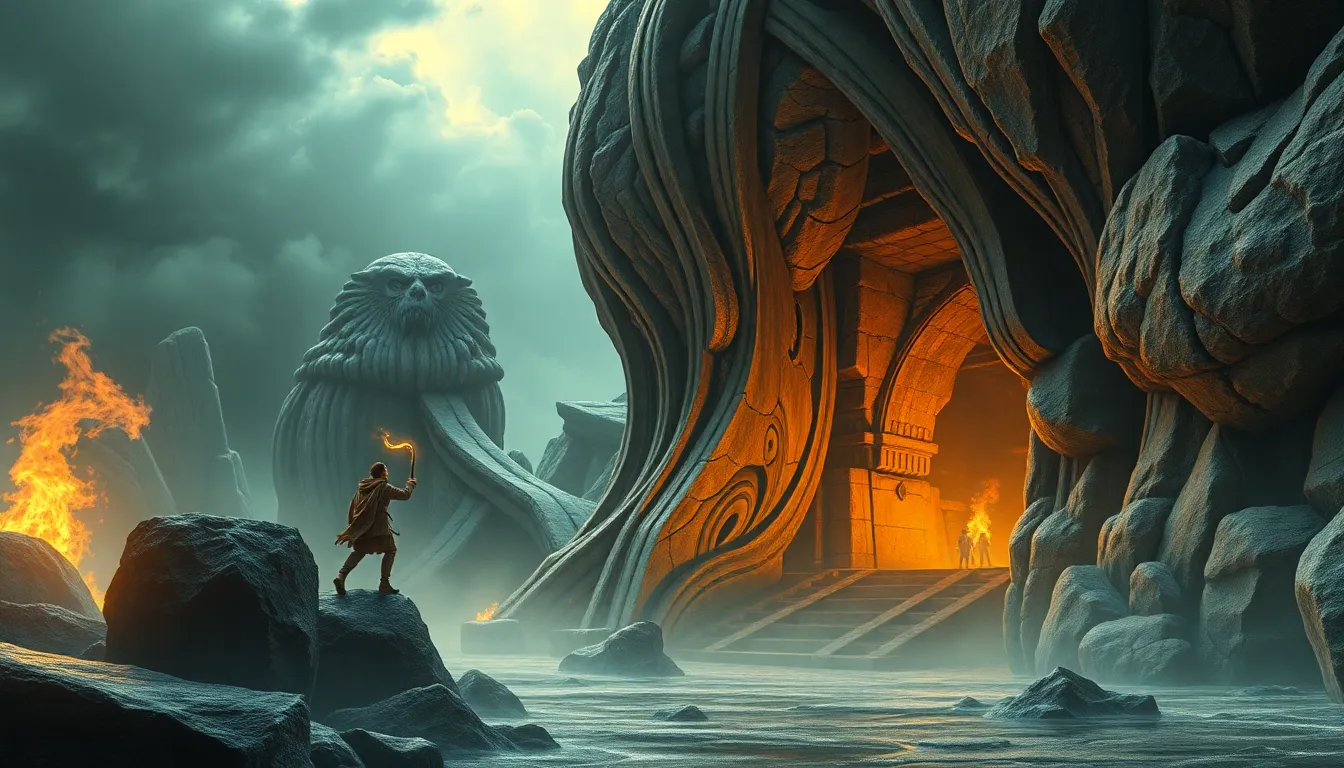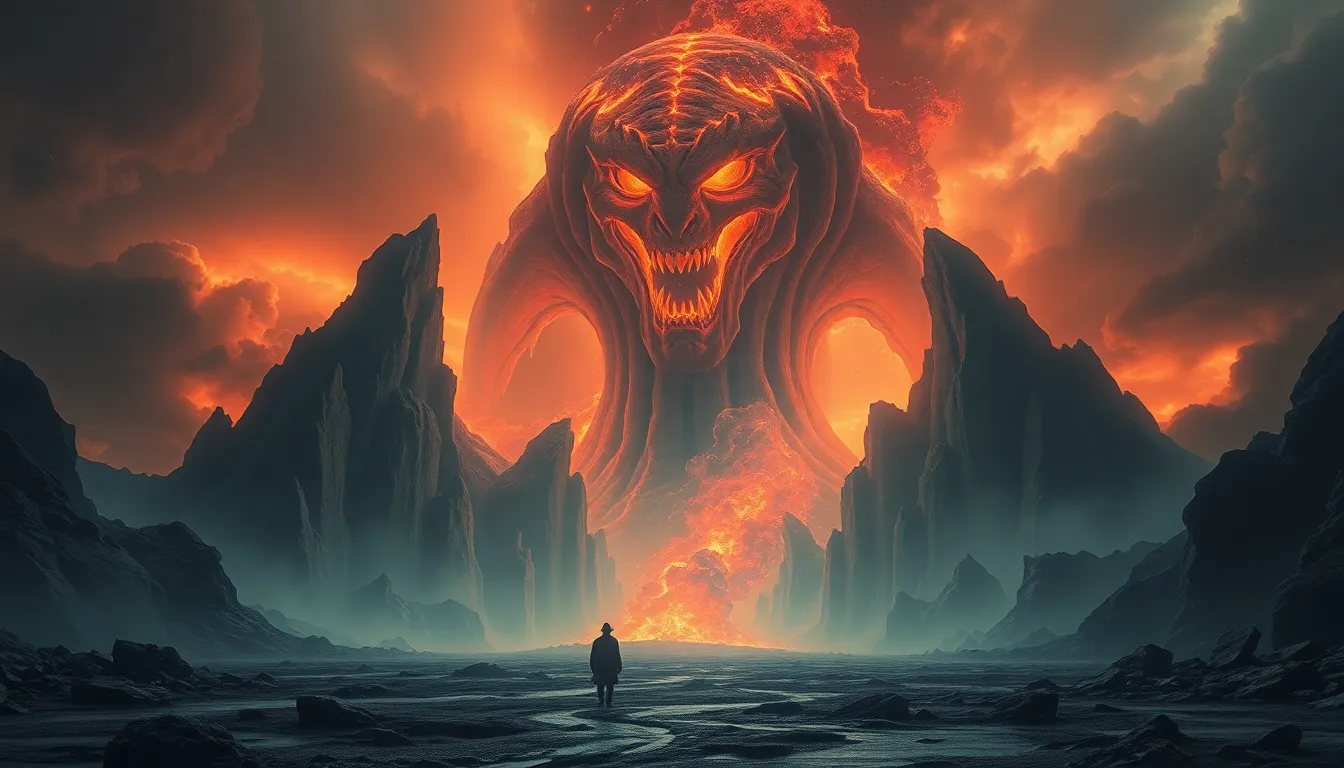The Most Bizarre Attributes of Ancient Deities: What Were They Thinking?
Introduction
Throughout history, civilizations have worshipped a diverse array of deities, each embodying unique characteristics and powers. From the animal-headed gods of Egypt to the multi-armed goddesses of India, ancient deities are often portrayed with bizarre attributes that intrigue and perplex modern audiences. These peculiar traits are not merely fanciful; they hold significant meanings within their respective mythologies, reflecting the values, fears, and aspirations of the societies that revered them. This article aims to explore the unusual characteristics of ancient deities and uncover the symbolic meanings behind their bizarre attributes.
The Quirky Nature of Egyptian Gods
The pantheon of ancient Egypt is rich with fascinating deities, many of whom are depicted with hybrid forms and animal heads. Such representations were not arbitrary; rather, they symbolized the gods’ powers and domains.
- Osiris: The god of the afterlife, often depicted with green skin, symbolizing rebirth.
- Horus: Represented as a falcon, symbolizing kingship and the sky.
- Isis: A goddess of magic, often shown with a throne on her head, representing her authority.
One of the most interesting examples is Thoth, the god of wisdom and writing. He is depicted with the head of an ibis, a bird associated with knowledge and communication. This imagery emphasizes his role as a mediator between the divine and human realms, showcasing how animal attributes were intricately linked to the gods’ functions in society.
Greek Gods and Their Peculiar Traits
The Greek pantheon is known for its complex and often bizarre deities. The gods of Olympus exhibit various unusual characteristics that reflect their personalities and the human condition.
- Zeus: Known for his ability to transform into various forms, including animals and humans, to interact with mortals.
- Dionysus: The god of wine and revelry, who embodies duality, representing both ecstasy and chaos.
These peculiar traits serve to illustrate human behavior, with Zeus’s transformations often paralleling the capricious nature of desire and power. Dionysus’s dual nature highlights the thin line between joy and madness, reflecting societal norms surrounding pleasure and excess.
The Surreal Aspects of Hindu Deities
Hindu mythology is populated with a plethora of gods and goddesses, many of whom possess strikingly bizarre attributes. These features often convey profound philosophical concepts and cosmological truths.
- Ganesha: The elephant-headed god, symbolizing wisdom and the removal of obstacles.
- Kali: The fierce goddess with multiple arms, representing the destruction of evil forces.
A notable case is Durga, who is depicted with ten arms, each holding a different weapon. This symbolizes her ability to combat the myriad forms of evil and chaos in the world. The multiplicity of her arms serves as a metaphor for the multifaceted nature of power and the struggle against adversity.
Mesoamerican Deities and Their Eccentric Traits
The ancient civilizations of Mesoamerica, such as the Aztecs and Mayans, worshipped a variety of gods that exhibited eccentric traits reflecting their cultural beliefs.
- Quetzalcoatl: The feathered serpent, symbolizing the connection between earth and sky.
- Death Gods: Depicted in skeletal forms, representing the impermanence of life.
The bizarre characteristics of these deities were integral to rituals and belief systems. For example, the representation of Quetzalcoatl embodies the duality of existence—life and death, physical and spiritual. Such traits were not only symbolic but also played crucial roles in the agricultural and cosmological understanding of the Mesoamerican people.
The Strange Forms of Norse Mythology
Norse mythology presents a pantheon of gods characterized by their bizarre and often contradictory traits, reflecting the harsh realities of the Norse environment.
- Loki: The trickster god known for his shapeshifting abilities, representing chaos and unpredictability.
- Odin: The All-Father who sacrificed an eye for wisdom, symbolizing the pursuit of knowledge at great cost.
Loki’s shapeshifting reflects the fluidity of identity and the unpredictable nature of fate, while Odin’s single eye signifies the importance of sacrifice in the quest for understanding. These attributes resonate with the Viking ethos of resilience and the acceptance of life’s uncertainties.
The Absurdity of African Deities
African mythology is rich with deities that possess extraordinary traits, often reflecting the complexities of human nature and cultural narratives.
- Anansi: The spider trickster figure, embodying cunning and intelligence.
- Shango: The god of thunder and lightning, often depicted with a double-headed axe.
The trickster figures, like Anansi, serve to convey moral lessons and the nuances of human behavior, while Shango’s attributes symbolize power and control over natural forces. These bizarre traits are essential in African storytelling traditions, emphasizing the connection between the divine and the human experience.
The Eccentricities of Japanese Shinto Deities
Shinto, the indigenous spirituality of Japan, features a variety of kami (spirits) that exhibit bizarre attributes, often anthropomorphizing natural elements.
- Inari: The deity of rice, often depicted with foxes, symbolizing fertility and prosperity.
- Amaterasu: The sun goddess, who is sometimes represented with unusual behaviors, reflecting the cycles of nature.
The anthropomorphism of kami highlights the deep connection between the Japanese people and their natural surroundings. These eccentric traits foster a sense of reverence for nature, embodying the belief that the divine is present in all aspects of the world.
Interpreting the Bizarre: Psychological and Sociocultural Perspectives
The bizarre traits ascribed to ancient deities serve as reflections of the human psyche and societal conditions. Ancient cultures often projected their fears, desires, and ideals onto these figures, creating a rich tapestry of mythology that explained the world around them.
From a psychological perspective, these attributes can be seen as manifestations of human anxieties and aspirations, allowing societies to explore complex themes such as morality, power, and existence. Culturally, the bizarre characteristics of deities often reinforce societal norms and values, providing a framework for understanding the human condition.
Conclusion
The bizarre attributes of ancient deities offer invaluable insights into the beliefs and values of past civilizations. By examining these peculiar traits, we can better understand how mythology serves as a reflection of human nature, cultural narratives, and the quest for meaning in an unpredictable world. The eccentricities of these deities not only captivate our imagination but also remind us of the rich tapestry of human experience that transcends time and culture.




